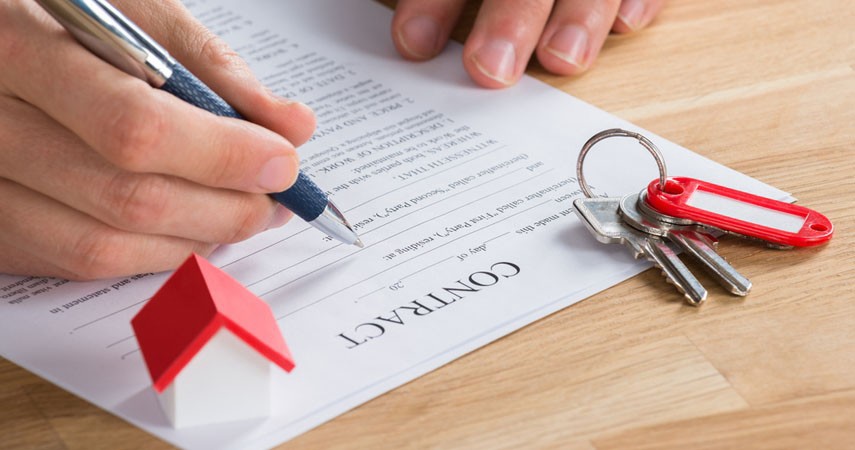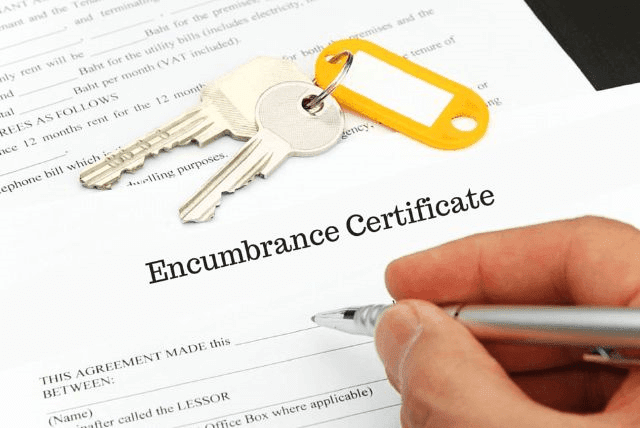While buying a property, there are a number of legal documents that we need to check and keep in mind before buying a property. Whether it is to check the state of the property or legally converting the property into our name. All the legal documents need to be check. And an encumbrance certificate and possession certificate are two of those legal documents that we must check before buying the property, otherwise, we may have to face legal right issues in near future. And here, in this article, we will be explaining you each and every detail related to encumbrance certificate. Here, a look!
What is Encumbrance Certificate?
An encumbrance certificate is an important document that is required in the transaction/ sale/purchase of the property and is used as an evidence of single ownership. It is important to verify that the property you are going to invest in does not have any legal dues or monetary issues. And it ensures that whether there are legal dues or monetary issues on the property or not. It contains details about each transaction on the property.
An encumbrance certificate can be obtained from the sub registrar?s office where the property you are planning to invest in is registered. While it gives all the details of encumbrance on a property, there are a few documents that are exempted from being registered at the sub-registrar office. Therefore, it is highly advised that the owner must obtain both encumbrance certificate and possession certificate as a proof of legal and complete ownership of the property.

What is Non-Encumbrance Certificate?
A non-Encumbrance certificate is a certificate that shows there were no previous mortgage, home loan or debt on the property. And a non-encumbrance certificate shows the details only for the specific period of time for which you have applied to cross-check the previous details. A non-encumbrance certificate shows 12 years of the history of the property but you can ask for older details as well, but for that, some application fee is applied.
Why is Encumbrance certificate important?
People who are applying for a home loan against property or want to sell or buy property requires encumbrance certificate. If the previous owner has taken any debt on the property or any loan that is pending then you can easily check it on Encumbrance certificate and this is why it is important to check Encumbrance certificate before investing in property. You can also check the previous transactions that have been done on the property.
You can usually get 12 to 15 years of encumbrance details from the government authorities and financial institutions. However, if you still want to cross-check with another medium, then you can take possession certificate of the ownership from the village office.
What is Possession certificate?
A possession certificate is also known as an occupancy certificate. Possession certificate or occupancy certificate is the certificate that we can apply after the complete construction of the building. It can be applied by the builder or the owner of the building to local civic bodies.

A possession certificate is a proof that clarifies that the property is constructed according to the plan and the one who has the possession certificate in their name are the real owners. Possession certificate can only be obtained once after the construction of the building. Thus, one has to keep it secure. Though, the process of obtaining land possession certificate (LPC) includes one more step that is obtaining a building completion certificate. As per the state laws, one cannot legally move into the constructed building unless the owner gets a possession certificate from the local civic bodies. Also, the municipality can ask the building owner to leave the building and will consider it illegally occupied or will impose heavy penalties.
What you will find in an Encumbrance certificate?
In an encumbrance certificate, you can find all the transactions related to the property, which has been recorded by the registrar. The certificate is issued for the details of a specific period. One more important consideration is that the encumbrance certificate reflects only those transactions that have been registered with the sub- registrar?s office. The documents such as a short-term lease or testamentary are excluded from the certificate as they are not recorded at the sub-registrar office.
What is form 15 and 16?
There are two categories in which you can get your encumbrance certificate. One is form 15 and the second is form 16. Here, have a look at the details of form 15 and form 16.
Form 15
Form 15 is an encumbrance certificate. If the encumbrance is registered with the property then form 15 is issued. In the form 15 certificate, the documents registered to the property or the information that, if the property is a gift, lease, partition, second party involvement, mortgaged or not. And on form 15 all the information related to tax, loan and transactions are written date wise in detail.
Form 16
Form 16 is Nil encumbrance certificate or non-encumbrance certificate. If the property you are looking for does not have any encumbrance during the time period you have asked for then form 16 will be issued to you.
Documents required to get Non- Encumbrance Certificate
- Written application on a plain paper.
- Copy of documents of evidence showing ownership of the property in the name of the applicant. For example- sale deed, GPA etc. Also, make sure the documents you take to show as evidence are the original one.
- Copy of ration card showing address, which should be attested by a Gazetted Officer. Affidavit of the applicant regarding the ownership of the property in question
- An affidavit from two advocates which proves that the property is free from encumbrance.
- Copy of letter/reference of the authority before whom the certificate is to be submitted.

How to obtain Encumbrance certificate online and offline?
Given below is the procedure to obtain Encumbrance certificate online and offline:
- At first, you need to download the form 22 from government website of registration. And affix it with Rs 2 non-judicial stamp and address it to Tahsildar. Also, give an attested copy of your residential proof as these details are required to get a certificate.
- Now provide the correct ownership details like, where the property is situated, who is the owner. You must write a full description of the property in the application.
- And then pay the requisite fee, and it must be paid according to the period of encumbrance. The encumbrance year period starts from April 1st of a calendar and it closes on next year?s March 31st. The encumbrance certificate is generally provided in the regional language of the state or you can also obtain an English translated certificate by paying an additional fee.
- The application written by you to get encumbrance certificate must be submitted to the sub-registrar office, under which the property has been registered.
How much time does it take to get Encumbrance certificate?
The approximate time taken to obtain an encumbrance certificate is usually 15?30 working days. Usually, people get their encumbrance certificate within 20 days, but it surely does not exceed more than 30 days to receive the certificate.
So, this is what encumbrance certificate means and the reason it is required in property buying.


